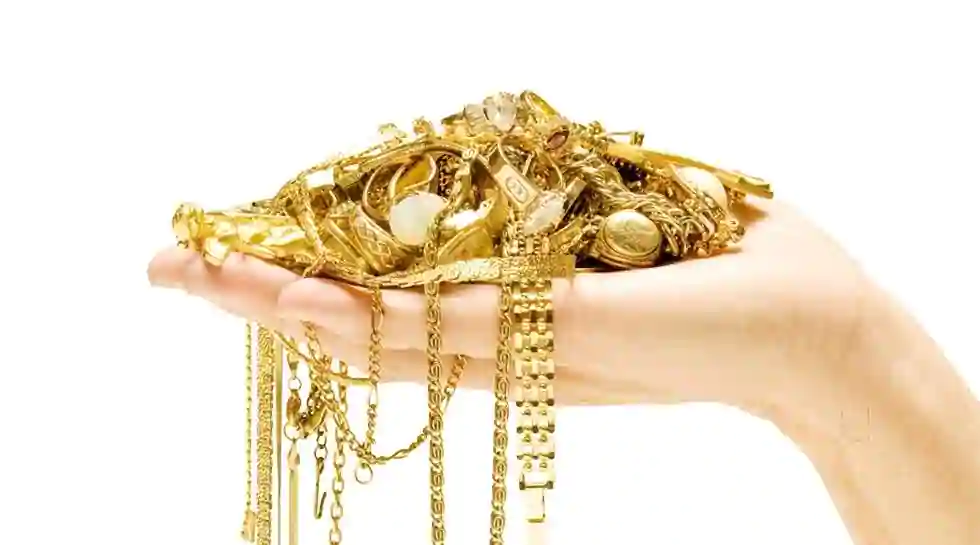Guaranteeing Openness and Principle in Gold Distribution Networks By means of Cutting-edge Tracking Methods.
Guaranteeing Openness and Principle in Gold Distribution Networks By means of Cutting-edge Tracking Methods.
Blog Article
Golden is a valuable commodity that has been pursued for millions of years. It is used in jewelry, electronics, and even as a form of currency. However, the journey gold takes from quarries to buyers can be complicated and often lacks clarity. This means that it can be challenging to know where the gold comes from and whether it was mined in a way that respects ethical standards and the ecosystem. Innovative tracking technologies are emerging as vital tools to ensure the reliability of precious metal distribution systems.
One effective method for improving transparency in metal logistics networks is the use of distributed ledger technology. Blockchain creates a tamper-proof digital record that records every exchange involving bullion, from the mine to the retail store. This system allows all participants in the supply chain, including extractors, traders, and end users, to see where the material has been and confirm its origin. By using ledger-based systems, organizations can provide evidence that their gold is ethically sourced, helping to build confidence with consumers who are increasingly concerned about responsible sourcing.
An additional tracking method involves the use of unique identification tags for gold products. These tags can include QR codes or radio-frequency identification chips that store information about the gold’s source and journey through the supply chain. When buyers scan these tags, they can view comprehensive information about the gold’s history, including where it was mined and how it was processed. This level of transparency not only helps customers make educated purchasing choices but also promotes responsible practices within the industry.
In addition to technology-based solutions, read this collaboration among participants is crucial for ensuring integrity in gold supply chains. Regulatory bodies, NGOs, and companies must work together to establish clear guidelines and criteria for sustainable mining practices. By supporting programs such as ethical sourcing certification, these stakeholders can support miners who follow transparent practices while also guaranteeing that consumers have access to responsibly sourced gold. Cooperation fosters responsibility and creates a unified approach to tackling issues related to transparency in the market.
In the end, maintaining transparency and integrity in precious metal distribution networks supports everyone involved. Consumers gain assurance in their investments when they understand their gold is sourced responsibly. Responsible practices can lead to improved working conditions for miners and contribute to ecological responsibility. As advanced traceability technologies continue to progress, they hold great promise for transforming how we perceive and interact with gold throughout its journey from extraction site to market. The future of precious metal logistics systems gold scrap buyers looks more promising as these solutions pave the way for a more ethical marketplace.